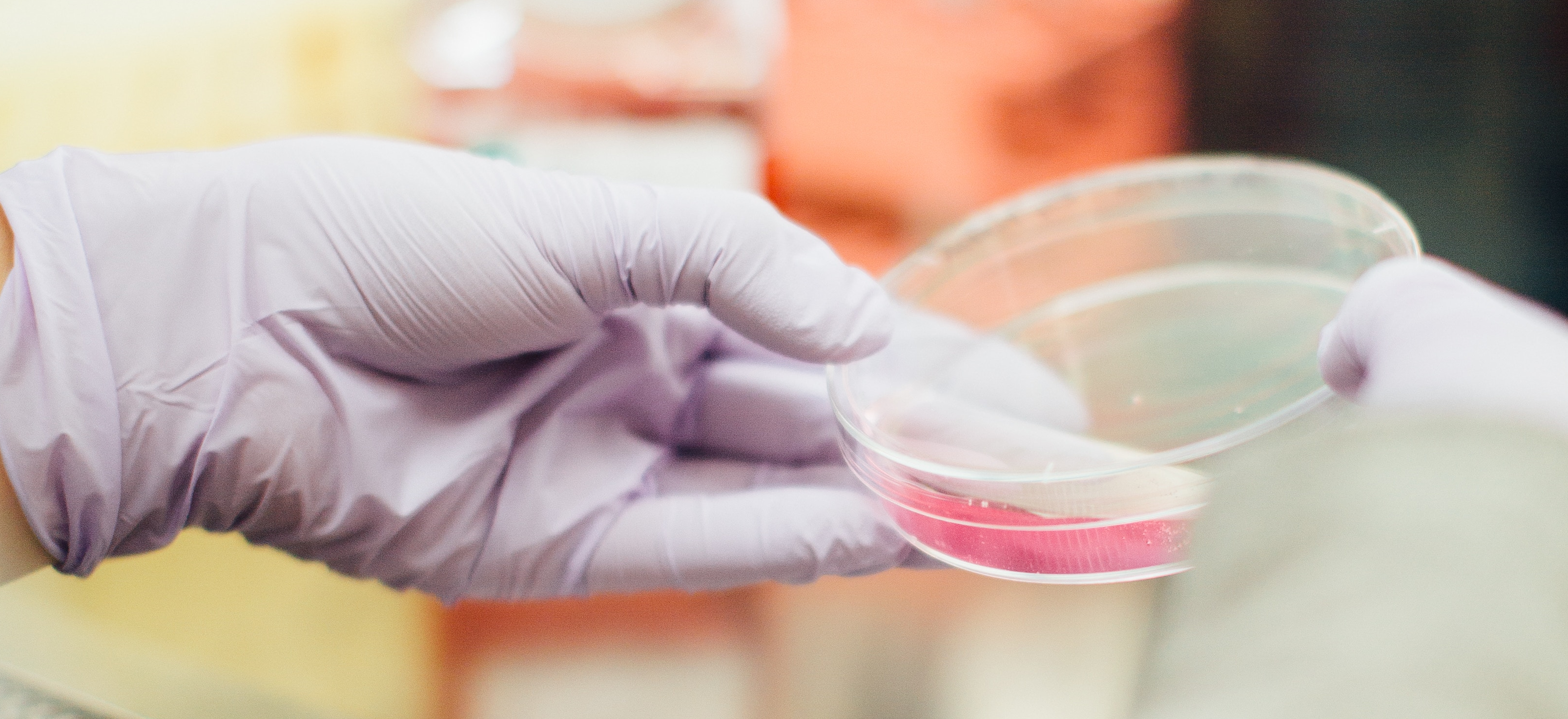Hikma Pharmaceuticals v. Vanda Pharmaceuticals Docket No. 18-817 At The Supreme Court of the United States
Briefing is now complete on the case of Hikma Pharmaceuticals USA Inc. v. Vanda Pharmaceuticals Inc. [Vanda] at the United States Supreme Court. The Federal Circuit’s decision on this case has been critical in the revision of Section 101 guidelines by the USPTO. Now it remains to be seen if the Supreme Court will change the game again.
Both patent practitioners and inventors in the biotech field have struggled against the confusing landscape of the various Section 101 rulings since Mayo Collaborative Services v. Prometheus Laboratories, Inc. [Mayo] back in 2012 and Alice Corp. v. CLS Bank International [Alice] in 2014. The state of method of treatment claims has remained murky ever since. The Vanda decision from the Federal Circuit on April 28, 2018 has given one of the strongest guidances so far on the matter; that claims should be directed to a specific application of a discovered law of nature, and not the law of nature itself. Vanda has informed USPTO Section 101 guidance for almost a year now, but will it hold?
Hikma Pharmaceuticals’ petition to the Supreme Court presents the following question: “Whether patents that claim a method of medically treating a patient automatically satisfy Section 101 of the Patent Act, even if they apply a natural law using only routine and conventional steps…”
Hikma’s question clearly misreads the Federal Circuit’s ruling, and in their opposition brief, Vanda correctly calls out this intentional error: “Hikma’s Petition wrongly asserts that the Federal Circuit declared all method-of-treatment claims to be “automatically” patent-eligible under Section 101. . . [Hikma’s] Question is not presented by the decision below or any other decision.”
This does not change the fact that the Vanda decision is difficult to reconcile with the Federal Circuit’s decision in Ariosa v. Sequenom. Citing Mayo and Parker v. Flook, the Federal Circuit recognized that the “method begins and ends with a natural phenomenon” (i.e., cffDNA), and that the claimed method did not “’transform’ the claimed naturally occurring phenomenon into a patent-eligible application” of the phenomenon. The claimed method added only “well-understood, routine, and conventional activity” to the natural law that the inventors discovered.
Vanda faces a similar issue, in that the claimed method does not add beyond what was already known in the art. Both Iloperidone and the risk associated with poor metabolism associated with certain genotypes were known, and it was also known that lower dosages were still effective for such poor metabolizers. The steps in implementing this method of treatment are straightforward; however, is this approach patent eligible.
Amici Curiae briefs from both the Intellectual Property and Innovation Professors and The Association for Accessible Medicines (“AAM”) have focused on this issue, that the Vanda decision conflicts with Mayo. The Professors’ brief states: “The Federal Circuit’s decision effectively overturns this Court’s precedents, thwarts the proper development of patent eligibility law, and will lead to countless improperly issued patents.”
Based upon how stringently the Supreme Court has applied Mayo and Flook in the past, it seems likely that the Federal Circuit’s Vanda decision will be overturned. As stated in the AAM brief:
The widely felt urgency for this Court to clarify the implications of Mayo for existing as well as future patents was acknowledged earlier this month by the PTO: “[m]any stakeholders, judges, inventors, and practitioners across the spectrum have argued that something needs to be done to increase clarity and consistency in how Section 101 is currently applied.” See 2019 Revised Patent Subject Matter Eligibility Guidance, 84 Fed. Reg. 50 (Jan. 7, 2019) (emphasis added) (“2019 PTO Guidance”) (App. 2a).
It remains to be seen if the Supreme Court’s ruling will deliver this needed guidance. For patent practitioners in the biopharma field, it would not be prudent to simply assume that all methods of treatment claims can be made patent eligible by invoking Vanda and stating that the claimed method is an application of a natural law. Rather, the focus should be on what steps that the inventors carried out were truly inventive and not well-understood, routine, or conventional. The patent office’s Berkheimer memorandum, despite being directed to a software patent, informs better on this matter. The fate of personalized medicine treatment patents remains uncertain.
For more information, please contact Alan Feeney or Donald Frugé from PCK IP Lawyers (USA) P.C.
